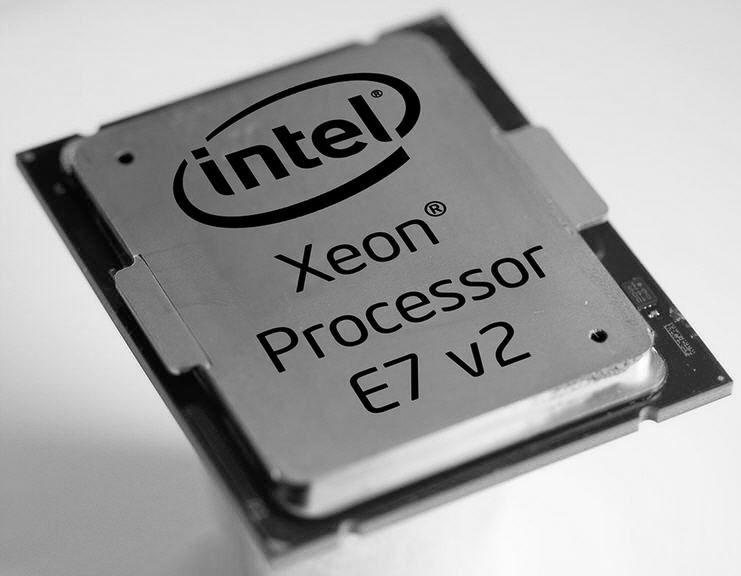The Technology of Digital Information
Episode #9 of the course Technologies that transformed humanity by Richard L. Currier, PhD
From the design of everything humans build and manufactured to the nature of work and human interaction itself, the technology of digital information is transforming human life and society more profoundly than any other technological innovation in human history.
From Calculators to Computers
In 1890, the US population was growing so fast that it was taking the Census Bureau several years to tabulate the census data by hand. To solve the Bureau’s problem, American engineer Herman Hollerith developed a huge mechanical calculator that could read information recorded as holes punched into “punch cards.” Hollerith’s machine created a sensation when it tabulated the 1890 census in less than a year.
But the mechanical calculator had serious limitations, and by the 1940s, it was superseded by ENIAC, the first completely electronic computer—a vacuum-tube monster one thousand times faster than the fastest mechanical calculator of its day. ENIAC was built for the US Army in 1946. It used over 17,000 vacuum tubes, weighed 30 tons, and was three feet wide, eight feet high, and 100 feet long.
During the US presidential election of 1952, a more advanced and more compact vacuum-tube computer called “UNIVAC” earned a permanent place in election coverage by correctly predicting—well before all the ballots had been counted—that Dwight Eisenhower would be elected President.

UNIVAC, a vacuum-tube computer built in 1952 and weighing eight tons, was the most advanced computer of its day.
The Incredible Shrinking Computer
But even as ENIAC and UNIVAC were making history, a radical new technology called the “transistor” would soon make vacuum tubes obsolete. Transistors performed the same functions as vacuum tubes, yet they were infinitely smaller and used a minimum of power, allowing a computer the size of a small house to shrink to the size of a small refrigerator. And when a new process combining transistors and other components into a single “integrated circuit” was perfected in 1958, the modern computer chip was born.
Every year, the integrated circuit became more powerful, cramming ever more memory and processing power onto a single chip. By 2014, Intel Corp. was selling a chip with 4.3 billion transistors that was the size of a soda cracker. An ENIAC-type vacuum-tube computer with 4.3 billion vacuum tubes would have been three feet wide, eight feet high, and 4,600 miles long.

In 2014, Intel introduced the Xeon Processor, packing 4.3 billion transistors on a microchip the size of a soda cracker.
The Internet, the Smartphone, and Robots
By the early 21st century, little more than 50 years of development in digital technology had already produced the internet, the smartphone, and a swarm of real-life robots.
The internet has made virtually all human knowledge freely available to everyone on Earth, resulting in an explosion of knowledge vastly greater than produced by the printing press in 15th-century Europe. Its impact on human thought will ultimately dwarf that of the Renaissance.
The smartphone—itself a miniaturized computer—has enabled people to communicate and interact with undreamed-of ease and power. The sudden arrival and the immense influence of social media is only one of the many transformations that the smartphone will bring to human communication.
But of all the changes in human life arising from digital technology, perhaps none is destined to have more impact on human life than the emerging robot revolution.
• Robots are taking over the jobs of factory workers and farm hands.
• Robot clerks are replacing humans in retail checkout counters.
• Robot drivers are creating a new generation of self-driving cars and trucks.
• Robot short-order cooks are flipping hamburgers in take-out restaurants.
• Robot lovers, with lifelike faces and “skin,” can talk and have sex with human partners.
• Robot surgeons and dentists are performing operations on real patients.
• Robot therapists are assisting terminally ill patients with end-of-life decisions.
• Robot soldiers and “pack animals” are being added to military units.
• Robot police are controlling holiday crowds in busy urban centers.
In less than 75 years, digital technologies have become indispensable to modern society—in manufacturing, motor vehicles, communications, media, finance, medicine, aviation, space travel, the military, and more. And this is only the beginning.
In tomorrow’s lesson, you will learn how the very technologies that shaped human evolution and made humans the masters of the natural world are now threatening to destabilize and even destroy the earth’s living environment.
Recommended reading
Univac Gets Election Right, but CBS Balks
The Incredible Shrinking Computer Chip
The Incredible Shrinking Transistor
When Will We Have Unmanned Commercial Airliners?
Share with friends
